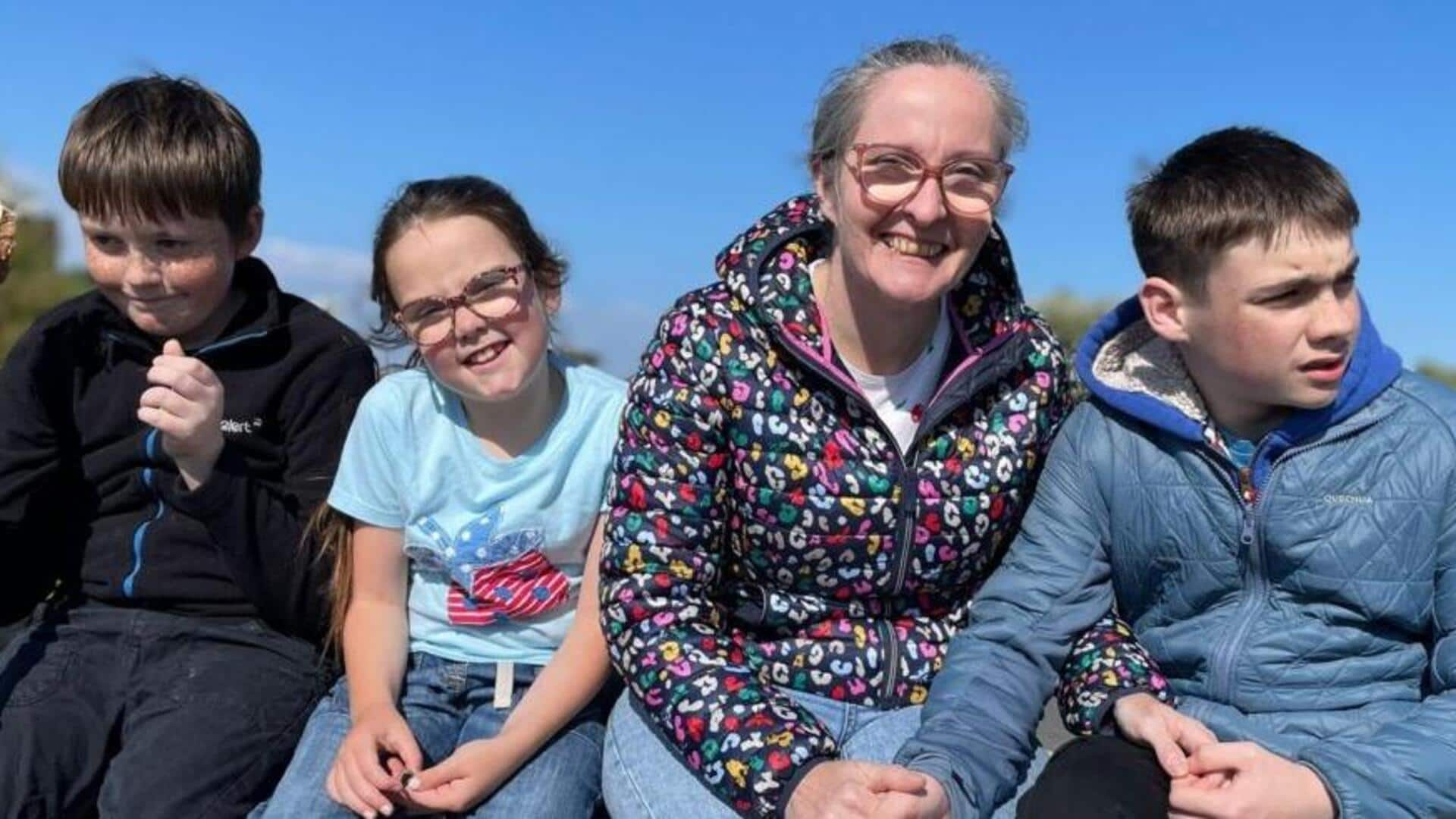
UK teenager undergoes first global trial of skull-fitted epilepsy device
What's the story
Oran Knowlson, a 13-year-old boy from Somerset, UK, has become the first patient worldwide to trial a new epilepsy device implanted in his skull. Knowlson was diagnosed with Lennox-Gastaut syndrome, an epilepsy form resistant to treatment, at age three. Since then, he has endured multiple daily seizures, ranging from dozens to hundreds. The neurostimulator, known as Picostim and developed by UK-based Amber Therapeutics, has led to an 80% reduction in Knowlson's daytime seizures.
Medical breakthrough
Device trial conducted at renowned UK hospital
Epilepsy seizures arise from abnormal bursts of electrical activity in the brain. The neurostimulator, such as Picostim, emits a constant pulse of current to block or disrupt these abnormal signals. The surgery, which lasted for eight hours, took place in October 2023 at Great Ormond Street Hospital in London as part of the Children's Adaptive Deep brain stimulation for Epilepsy Trial (CADET) project. The CADET initiative aims to assess the safety and effectiveness of deep brain stimulation for severe epilepsy.
Implantation process
How was the surgery done?
The team at Great Ormond Street Hospital inserted two electrodes deep into Knowlson's brain, targeting the thalamus — a critical relay station for neuronal information. The ends of the leads were connected to the neurostimulator, a device measuring 3.5cm long and 0.6cm thick, positioned in a gap in Knowlson's skull where the bone had been removed. The neurostimulator was then secured by screwing it into the surrounding skull to ensure it remained in place.
Recovery phase
Significant improvement in epilepsy symptoms post-surgery
Following a month-long recovery period after the operation, Knowlson's neurostimulator was activated. When the device is on, he experiences no sensation and can conveniently recharge it daily via wireless headphones. Seven months post-surgery, his mother reported a significant improvement in his epilepsy symptoms, with no daytime drop seizures and less severe night-time seizures. Knowlson is now happier and enjoys a "much better quality of life" since the surgery, his mother told BBC.
Next phase
Real-time response to brain activity
The future plan for the neurostimulator involves real-time response to changes in brain activity, aiming to block seizures as they are about to happen. Knowlson's mother expressed excitement about this next phase of the trial, stating that "the Great Ormond Street team gave us hope back...now the future looks brighter." While the treatment is not a cure, Knowlson's family remains hopeful that he will continue to see improvements in his condition.
Optimistic outlook
The neurostimulator: A beacon of hope for severe epilepsy
Knowlson also has autism and ADHD, though his mother emphasizes that his epilepsy has posed the greatest challenge. The neurostimulator has already significantly reduced his seizures and improved his quality of life. As part of the ongoing trial, three more children with Lennox-Gastaut syndrome will be fitted with the deep brain neurostimulator. This pioneering trial represents a significant step forward in the management of severe epilepsy, offering hope to many families around the world.